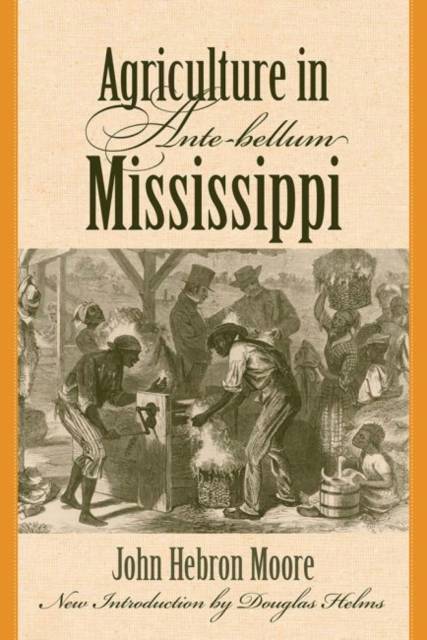
- Afhalen na 1 uur in een winkel met voorraad
- Gratis thuislevering in België vanaf € 30
- Ruim aanbod met 7 miljoen producten
- Afhalen na 1 uur in een winkel met voorraad
- Gratis thuislevering in België vanaf € 30
- Ruim aanbod met 7 miljoen producten
Zoeken
€ 27,45
+ 54 punten
Omschrijving
Moore's objective study is arranged along chronological and topical lines and assesses the agricultural history of the whole state to the eve of the Civil War without romanticism. Moore offers an insightful history of Mississippi's transition from the soil-exhausting frontier agriculture of the early Natchez era to the largely self-sufficient, scientifically based, and highly profitable upland cotton farming that followed in the 1850s and 1860s. The work is distinguished in its thorough discussion of the development of cotton culture in the Natchez District as independent from the efforts of cotton planters along the Atlantic Coast, its exploration of antebellum cotton breeding techniques, and its analysis of the role of the 1837-49 economic depression as the impetus for agricultural renaissance that made cotton Mississippi's most profitable crop in the 1850s.
Specificaties
Betrokkenen
- Auteur(s):
- Uitgeverij:
Inhoud
- Aantal bladzijden:
- 280
- Taal:
- Engels
- Reeks:
Eigenschappen
- Productcode (EAN):
- 9781570038778
- Verschijningsdatum:
- 1/03/2010
- Uitvoering:
- Paperback
- Formaat:
- Trade paperback (VS)
- Afmetingen:
- 150 mm x 226 mm
- Gewicht:
- 408 g

Alleen bij Standaard Boekhandel
+ 54 punten op je klantenkaart van Standaard Boekhandel
Beoordelingen
We publiceren alleen reviews die voldoen aan de voorwaarden voor reviews. Bekijk onze voorwaarden voor reviews.








